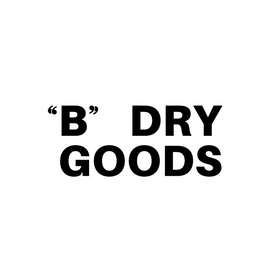“In England, this gas mask has been designed for horses”, Sweden, ca. 1940
Regular price
Unit price
per
Swedish press photograph of a horse wearing a hooded gas mask. The caption to lower margin reads, translated from the Swedish, "In England, this gas mask has been designed for horses." Pressens Bild stamp to verso. In fine condition. 6 x 8.25 inches (15.2 x 21 cm.).
During World War I, "there was nothing more terrifying in the trenches than the call of a gas attack. Soldiers succumbed to the strangling effects of chlorine, phosgene and mustard gas for years as the stalemated armies searched for new ways to defeat each other." Humans weren't the only victims of these attacks. "Many military working animals died from chemical weapons," including pack animals carrying supplies and weapons on the front and rear lines. "Between 1916 and 1918, gas hospitalized 2,200 horses and killed 211...Before animals received customized gas masks, many soldiers simply attached human masks." This was nowhere near a perfect system. "For horses, mules and donkeys, the distance between their eyes and nose left some blinded during poison gas attacks." The British army turned to feed bags for inspiration, and by the end of the war, horse gas masks included goggles to protect the horses' eyes." ("Chemical Warfare Hell: Even Horses Needed Gas Masks During World War I," The National Interest) Chemical warfare was banned by the international community following the conclusion of WWI.

